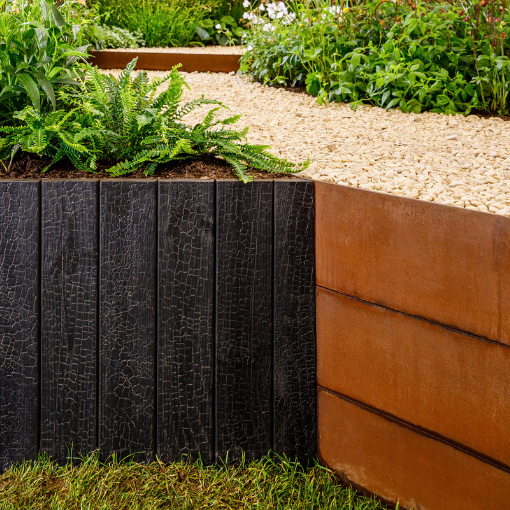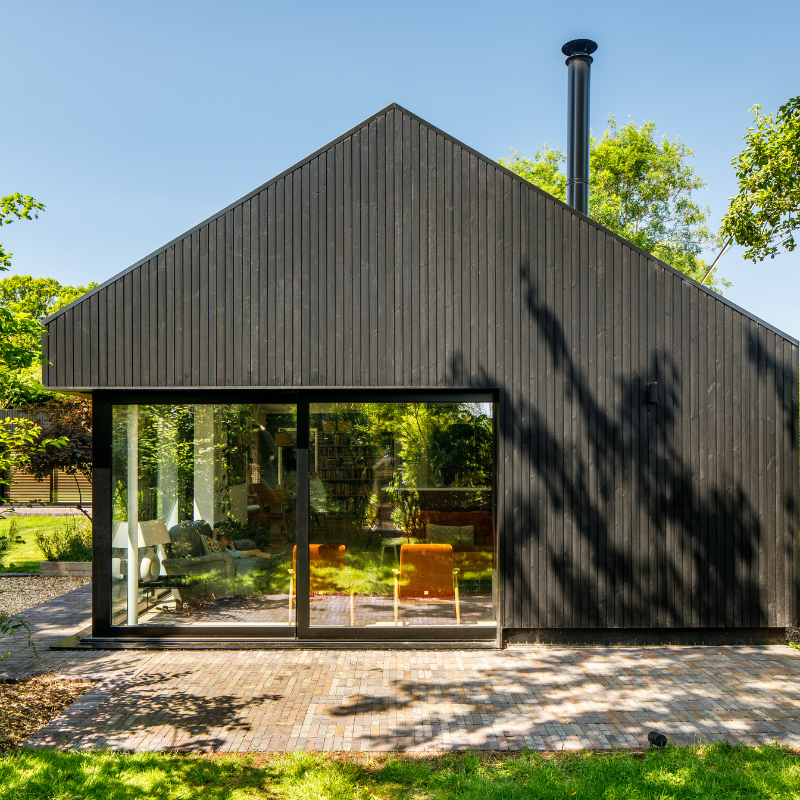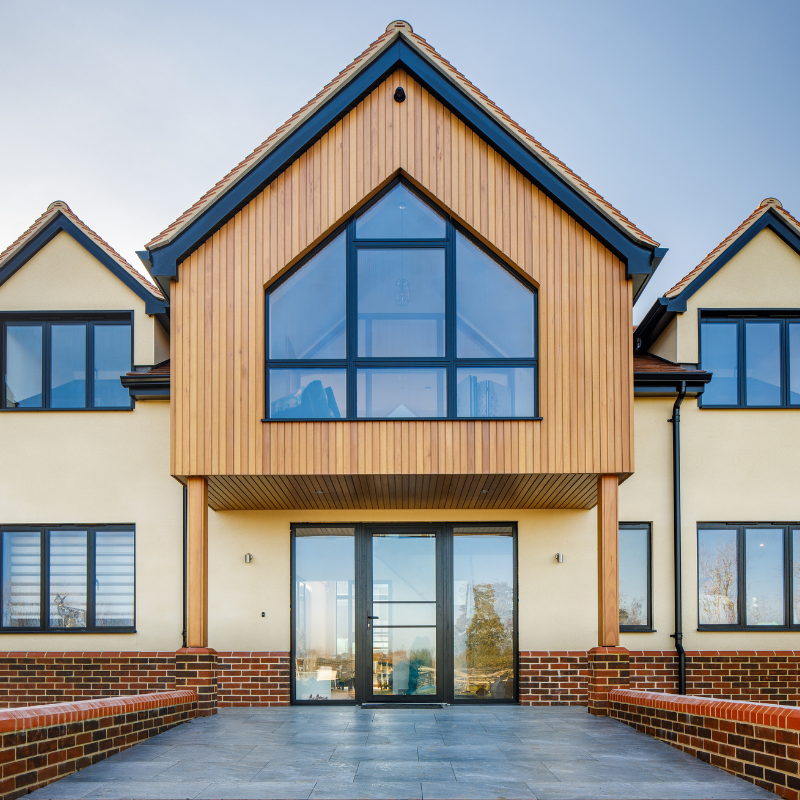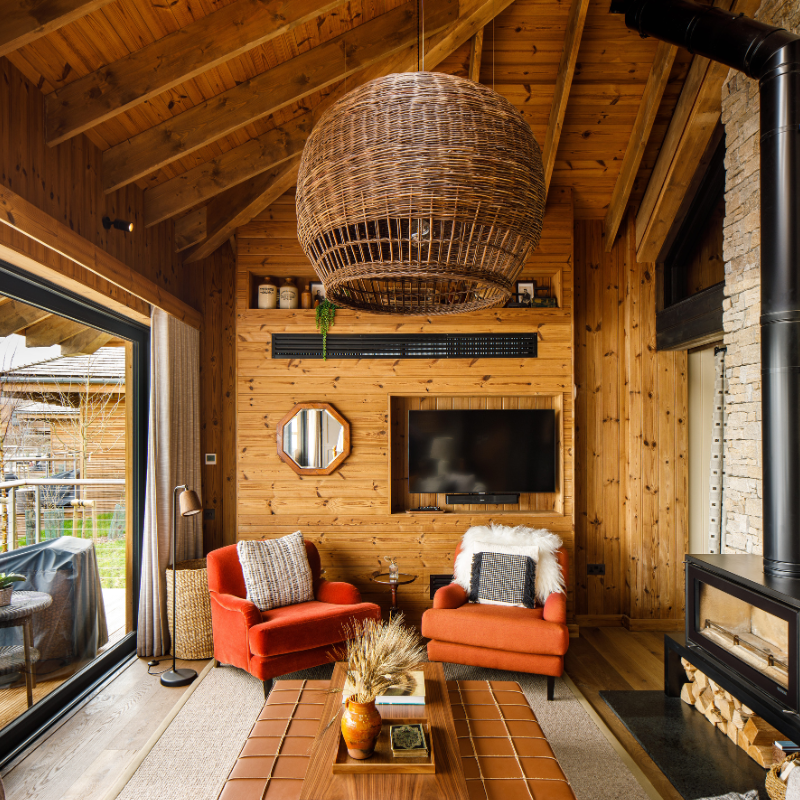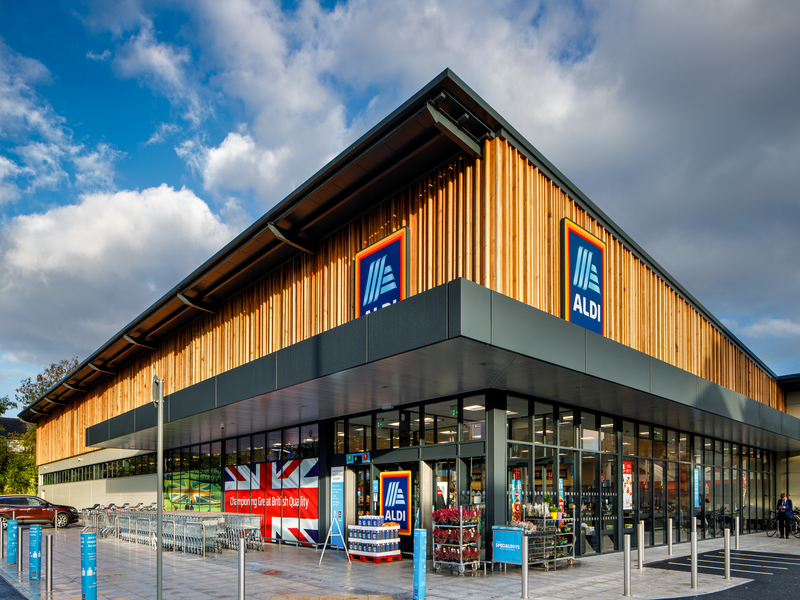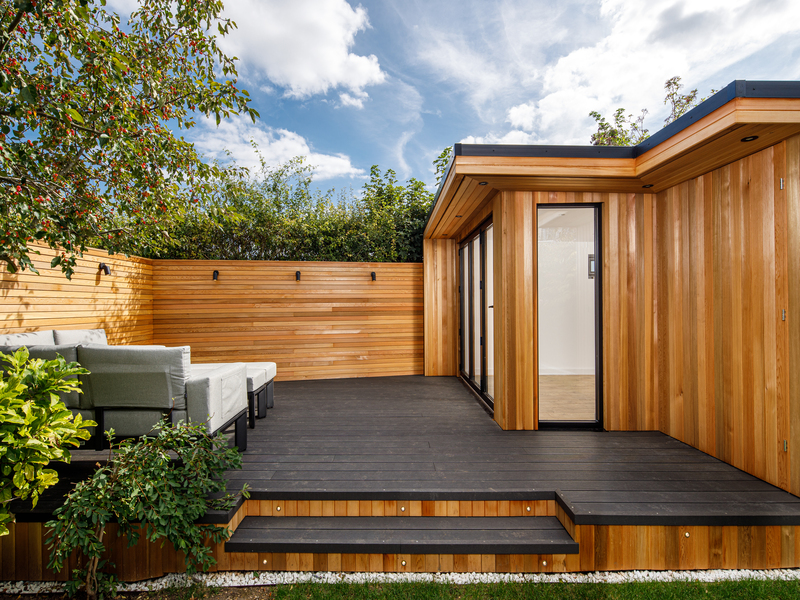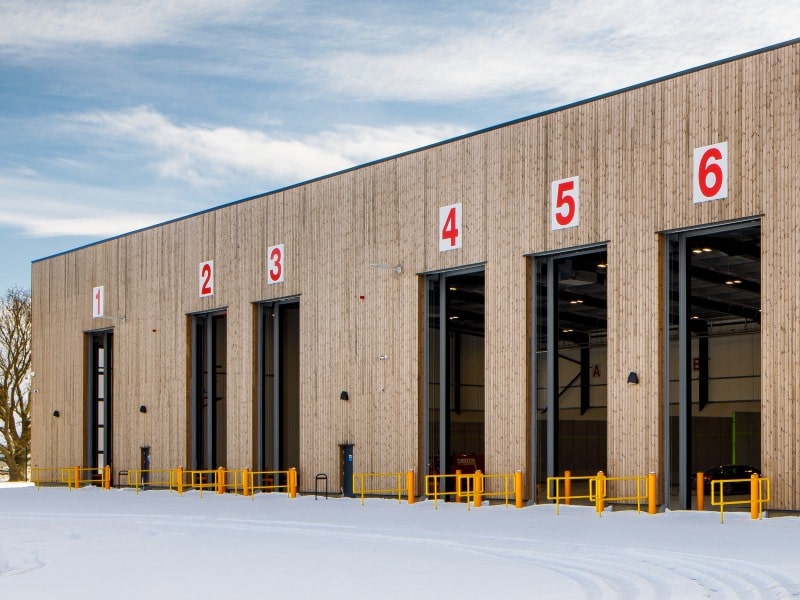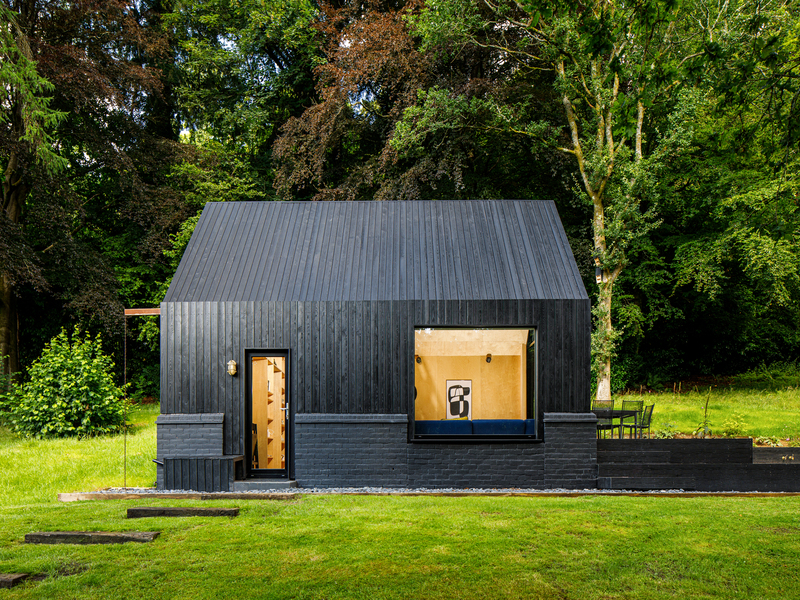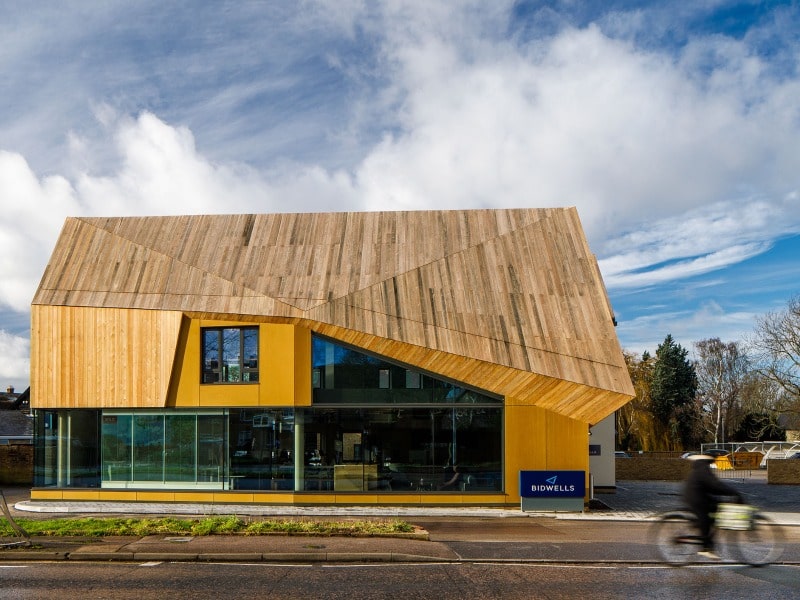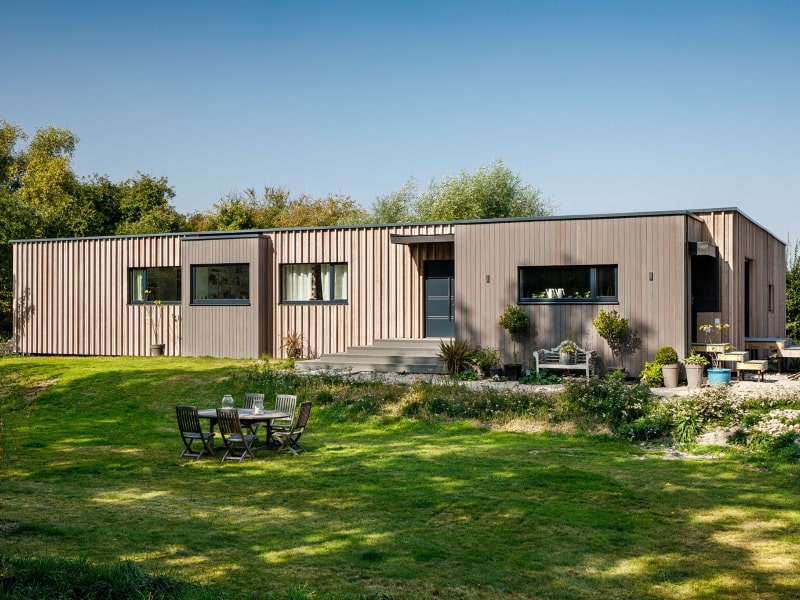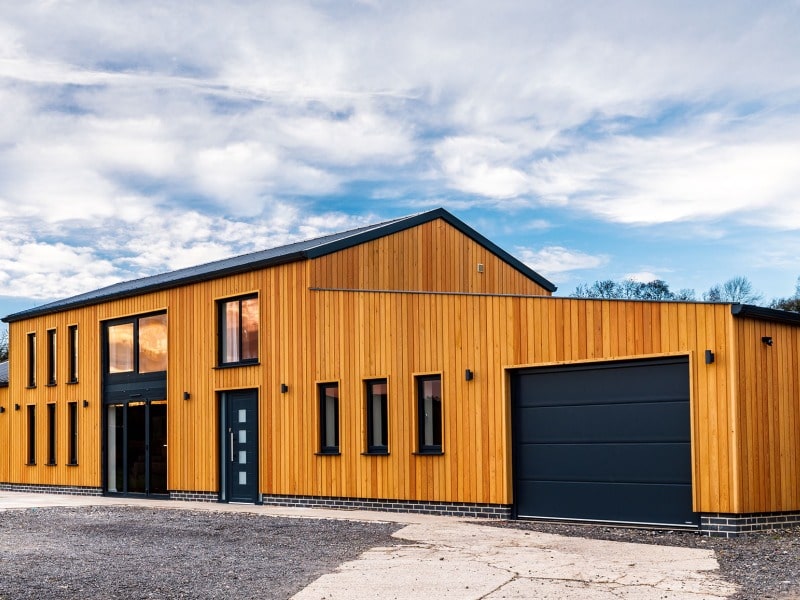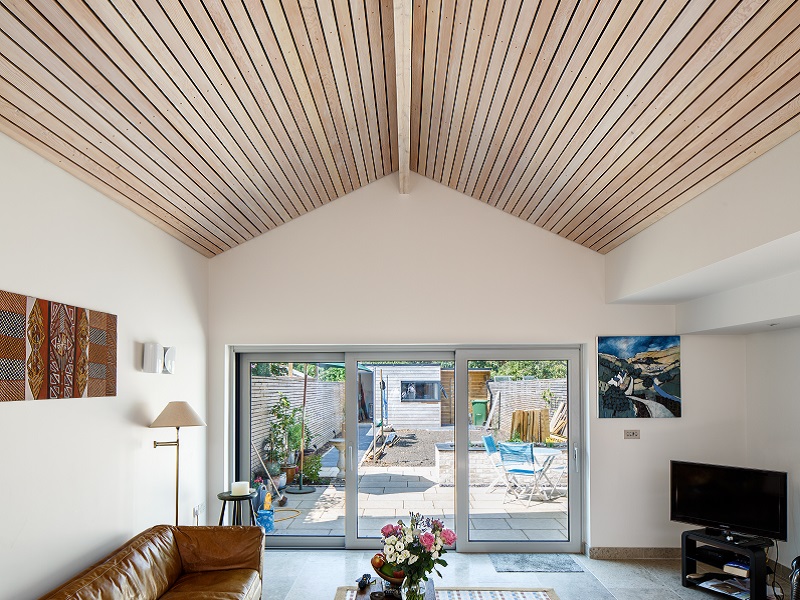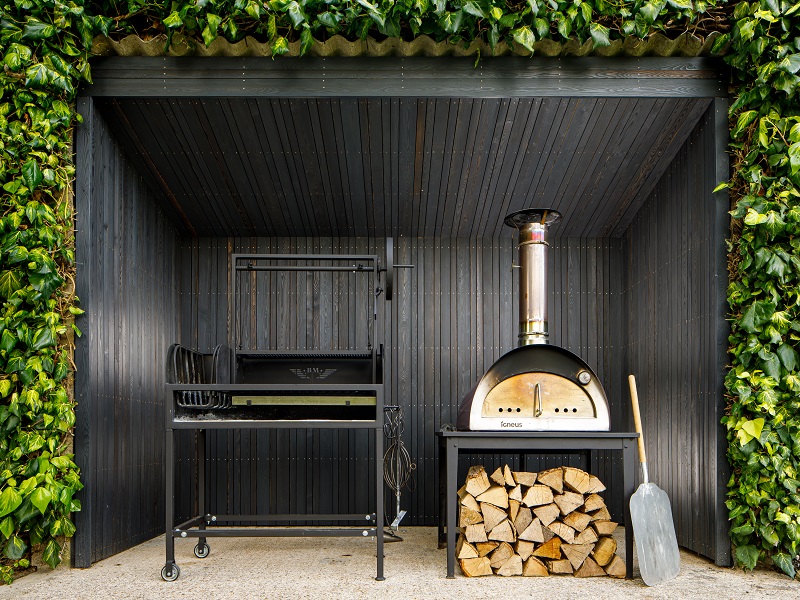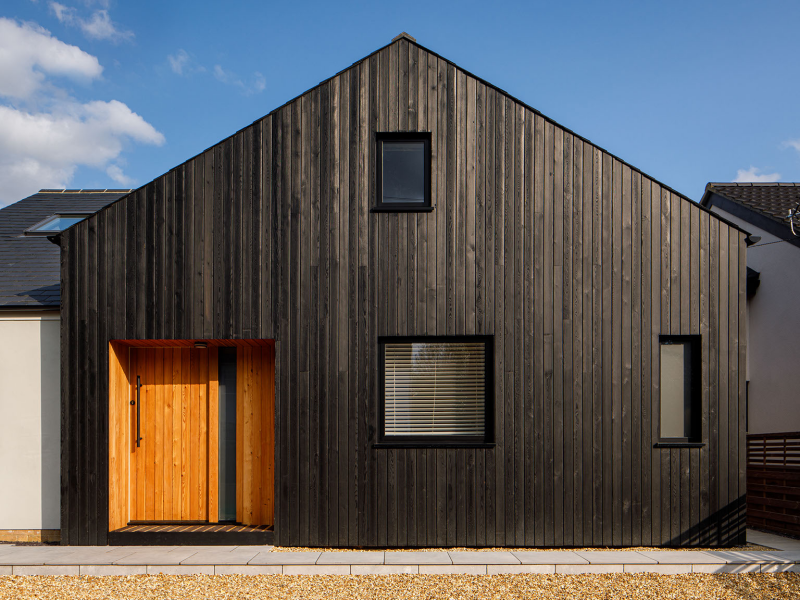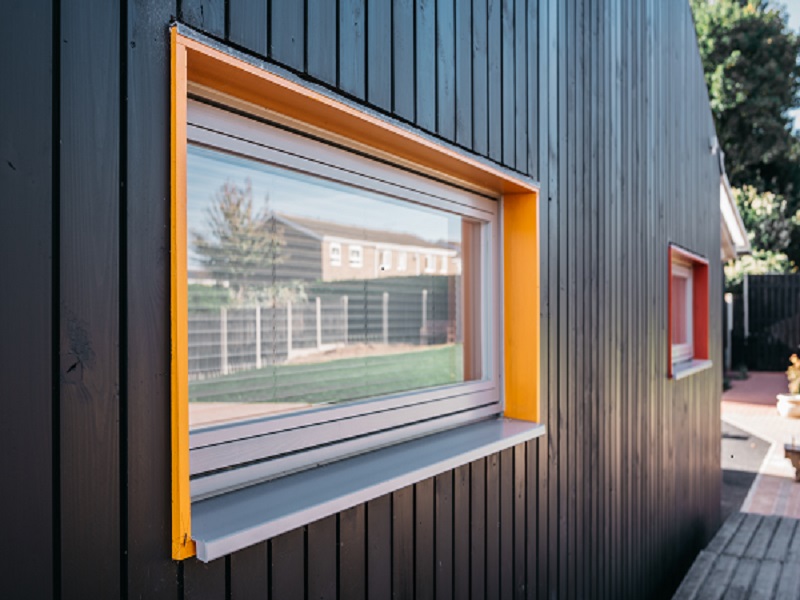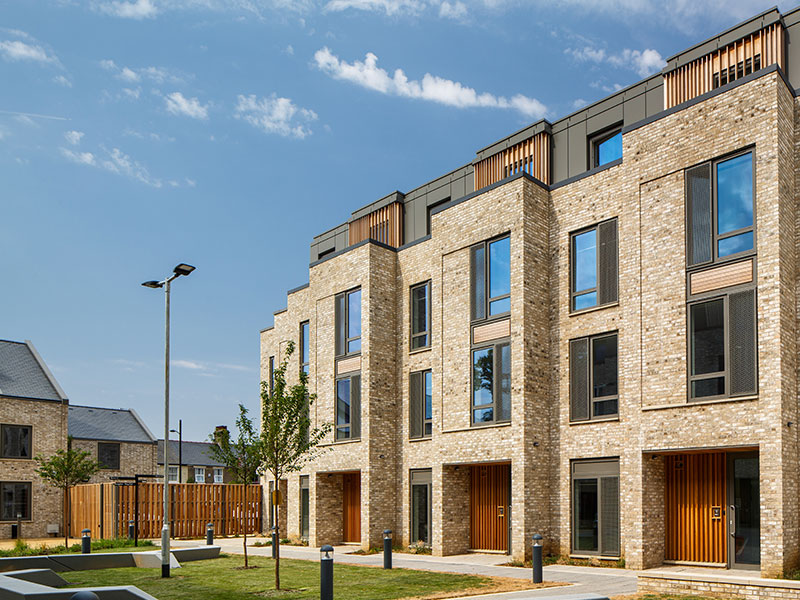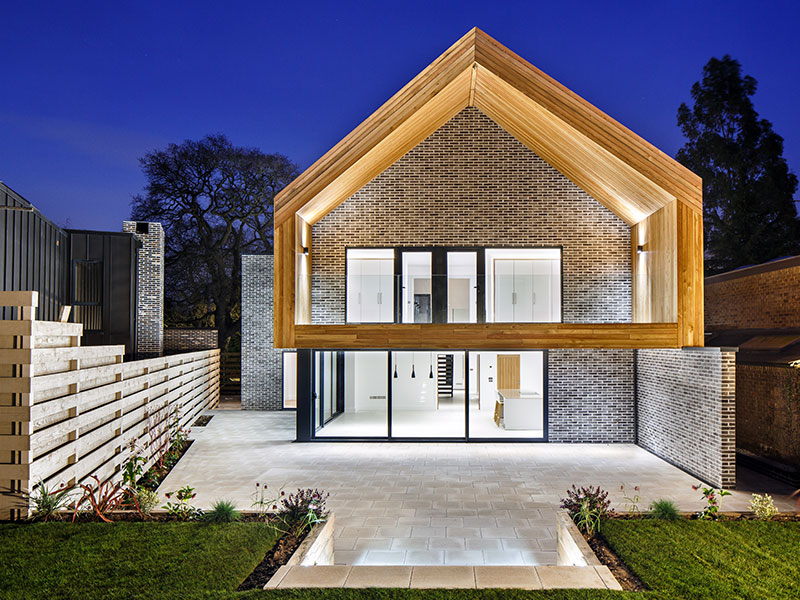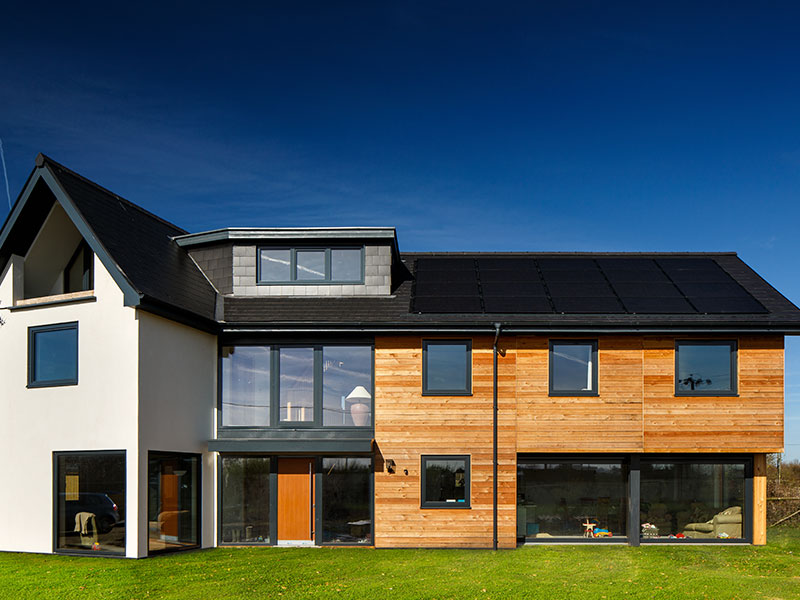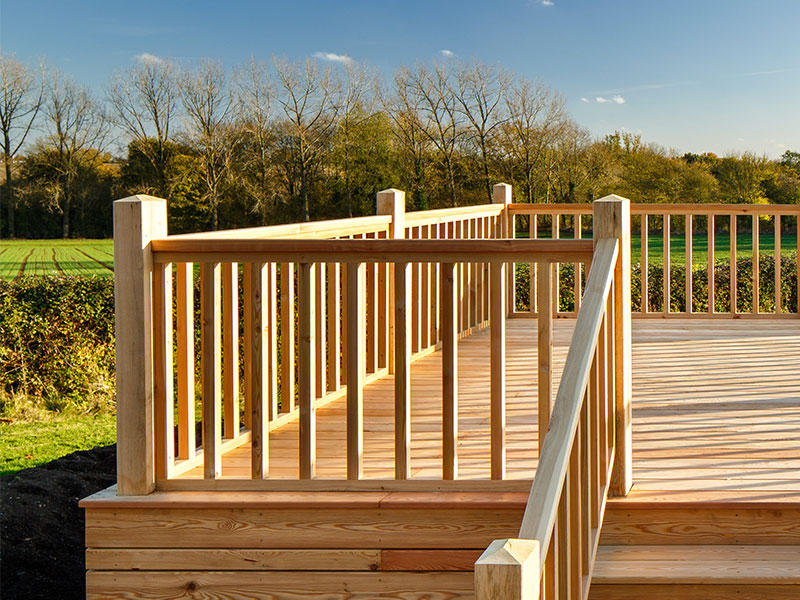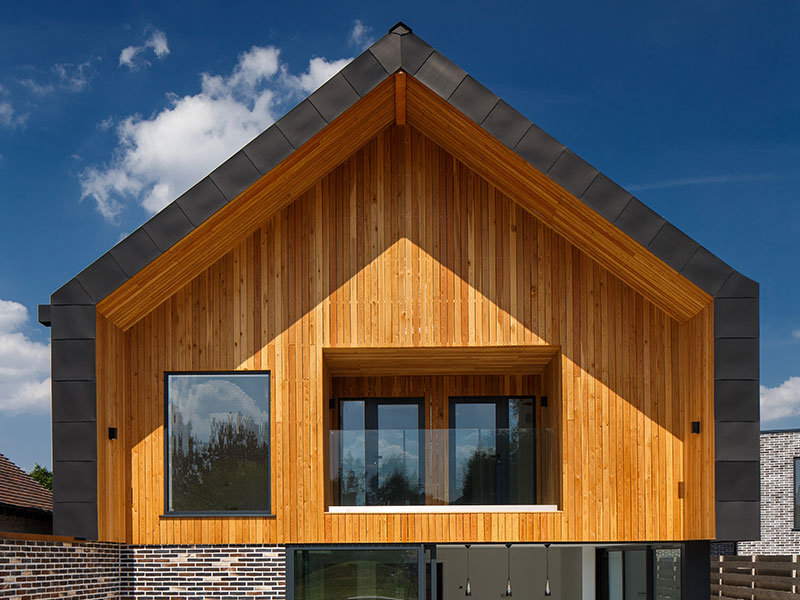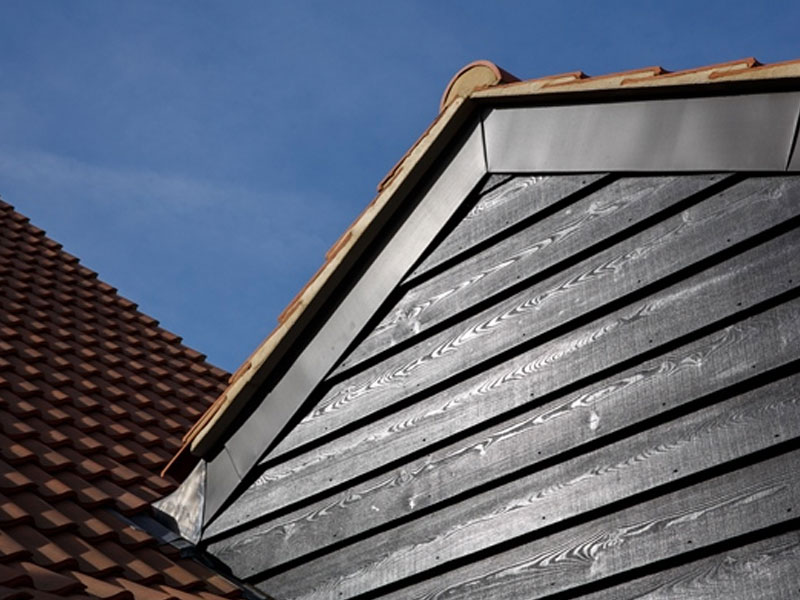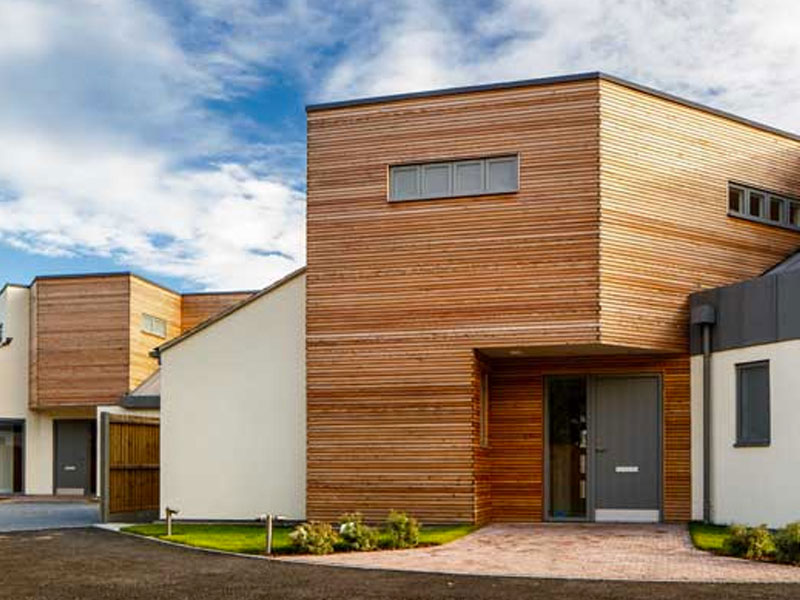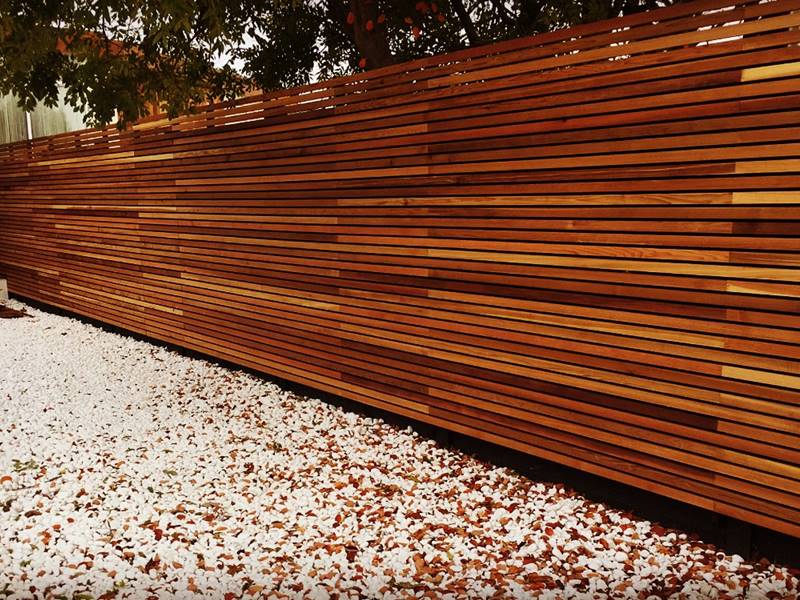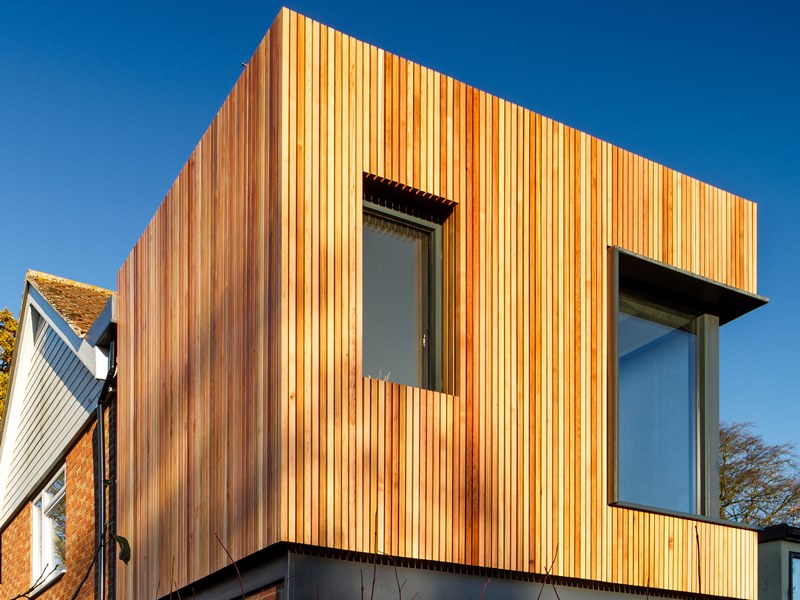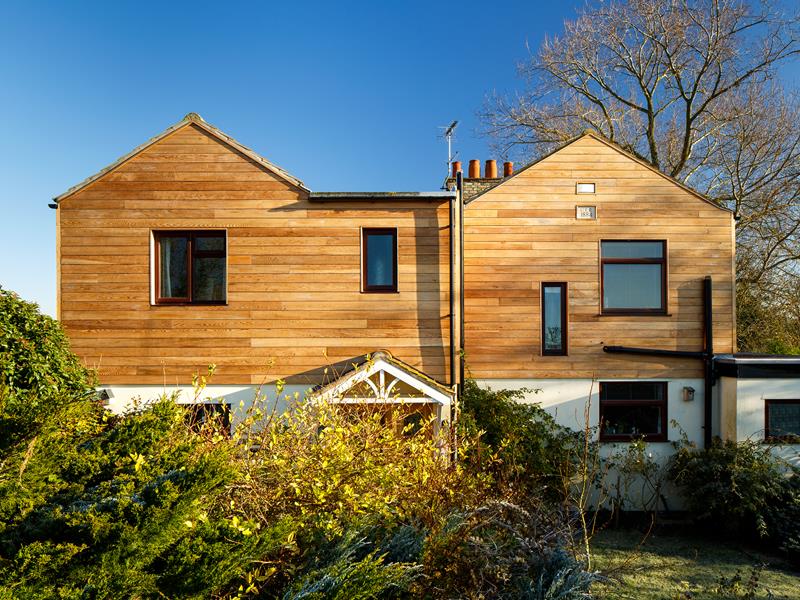Burned Timber Cladding – Yakisugi for Modern Living.
Introducing Mokuzai® Charred, a new Millworks product.
31st May 2023

Increasing rapidly in popularity, this ancient technique is seen in trends throughout internal and external modern architecture and despite its time-honoured roots, is becoming more commonly used in contemporary design.
Whilst traditionally burned timber achieves a finish with powerful aesthetics, there is a question on the suitability of some heavily charred products for modern living. Chipping, flaking, and adverse weathering were three of the main concerns that Millworks wanted to address when searching for an alternative product. Combating these factors whilst maintaining a strong aesthetic was key to the creation of the Millworks Mokuzai® range – a collection of products inspired by Yakisugi finishes manufactured entirely inhouse in the UK.
Originating in the 18th century, Yakisugi is the Japanese method of charring timber as a process of wood preservation. ‘Yaki’ means to heat with fire and ‘sugi’ is the name of the cypress tree which was traditionally used due to its abundance in Japan and its unique and characterful grain pattern.
Initially, Yakisugi came about as a way to prolong the lifespan of external timber whilst protecting from rot, pests and water damage. The charring process allowed use of lower grade wood which when introduced to sudden heat, stripped the wood down to lignin* thus increasing the durability of each board. This gave a prolonged maintenance programme as the top layer of carbon shields the interior wood much the same as a sealant. Over recent years this process has been replaced by thermal modification and other preservation techniques that use heat and steam to harden the timber’s lignin thus increasing stability and creating a timber resistant to fungal decay, pests and rot.
Our modern lifestyle is continuing to drive consumers to look for products that need little to no maintenance. Newer charred timber products are commonly paired with a surface coating, stain or sealant which removes the risk of damaging the top carbon layer, however this is a process that needs to be maintained to prolong weathering of the timber. Like any timber product, when left uncoated Yakisugi will weather slowly to a silver-grey. Although this process is slower with the presence of the carbon layer, natural exposure paired with lifestyle wear and tear means that if left uncoated burned timber commonly weathers unevenly.
The latest addition to the Mokuzai® range is an affordable, hardwearing, and durable alternative to a traditional alligator skin finish, providing increased longevity whilst adding dimension and richness to design. Mokuzai® Charred uses a flameless technique of mechanical heat rollers to mimic the finish of heavily charred wood without compromising the timbers natural properties. Pairing this surface texture with a sustainable, kiln-dried timber substrate gives this product supreme structural stability and unlike Yakisugi, offers a consistent finish that will not chip or flake.
Manufacturing in this way provides benefits in addition to timber durability. As this product is not burned, the surface of this timber has not been broken which means factory coatings are easier to maintain than that of charred timber. Whilst black timber cladding showcases the traditional look of Yakisugi, Millworks inhouse factory coating line allows coating to any RAL colour. This opens a new scope for external and internal design with limitless creativity and use of colour. Due to the thermal modification of the substrate timber, this product is compatible with a wide range of other modern building materials and is perfect for use in high traffic areas due to the lower risk of surface damage and no transfer of carbon.
………………………………………………………………………………………………………………………………….
*Lignin – a complex polymer in the cell walls of plants which is responsible for key structural material which makes them rigid or woody.


